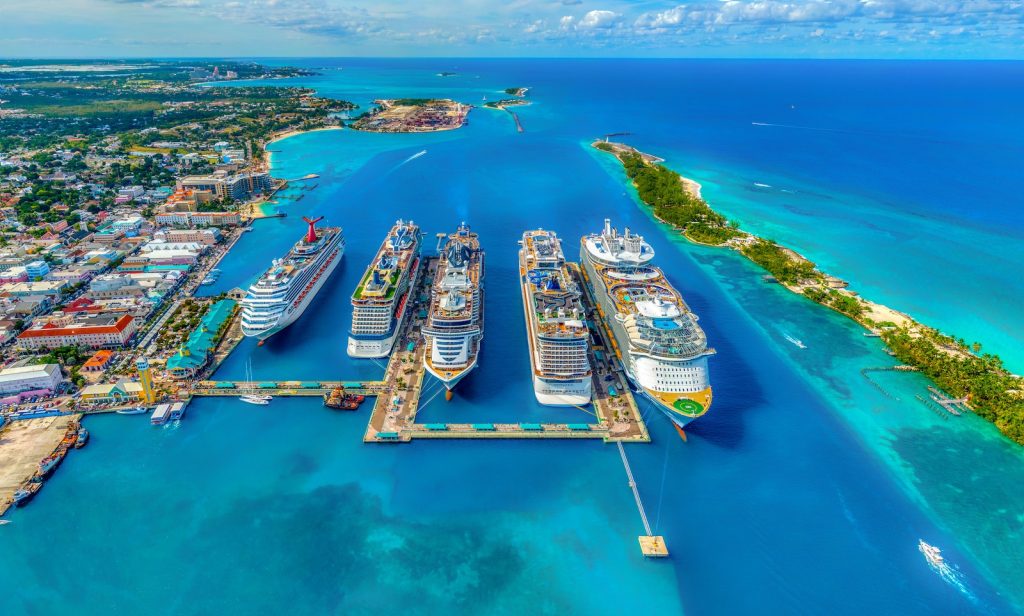The cruise industry has long been under scrutiny for its impact on the environment, particularly when it comes to waste management. However, Royal Caribbean International and Silversea Cruises are taking a step in the right direction with their introduction of two new waste-to-energy technologies on their ships.
With the implementation of waste-to-energy systems, Royal Caribbean is harnessing the power of technology to transform waste into fuel. This groundbreaking approach not only reduces the environmental impact of traditional waste disposal methods but also provides a sustainable solution for powering their ships.

Additionally, Royal Caribbean is utilizing advanced food waste applications to further enhance their waste management practices. By efficiently processing and repurposing food waste, they are minimizing their carbon footprint while simultaneously creating new opportunities for resource utilization.
These forward-thinking initiatives demonstrate Royal Caribbean’s commitment to pushing boundaries and leading the way in sustainable practices within the cruise industry. By embracing these next-generation technologies, they are setting an example for other companies in terms of environmental stewardship and responsible business practices.
As travelers become increasingly conscious of their ecological footprint, Royal Caribbean’s dedication to converting waste into gas showcases their commitment to providing an unforgettable cruising experience without compromising on sustainability. Through these innovative measures, they are not only reducing their environmental impact but also contributing towards a cleaner and greener future for our oceans.
How waste-to-fuel works?
The first technology, known as Microwave-Assisted Pyrolysis (MAP), will be featured on Royal Caribbean International’s Icon of the Seas. This innovative system will take waste generated on board the ship, such as food scraps and paper products, and convert it into synthesis gas (syngas). Syngas is a type of fuel that can be used directly by the ship to generate energy. This means that the ship will be able to reduce its reliance on traditional fossil fuels and decrease its overall carbon footprint.

Meanwhile, Silversea Cruises’ Silver Nova will feature Micro Auto Gasification (MAG) technology. Similar to MAP, MAG will take waste generated on board the ship and convert it into syngas. However, MAG uses a different process to achieve this. Specifically, the technology uses high temperatures to break down waste into its component parts, which are then converted into syngas.
Both MAP and MAG are exciting developments in the world of waste-to-energy technology. By converting waste into a usable energy source, these systems have the potential to significantly reduce the amount of waste generated by cruise ships. This, in turn, could help to mitigate the environmental impact of the cruise industry and make it a more sustainable form of travel.


